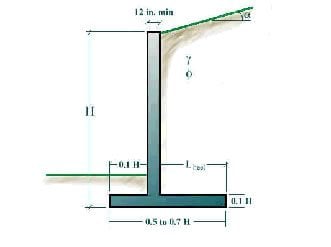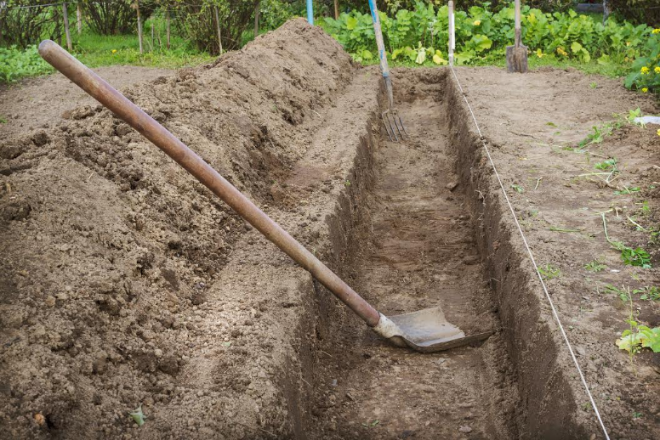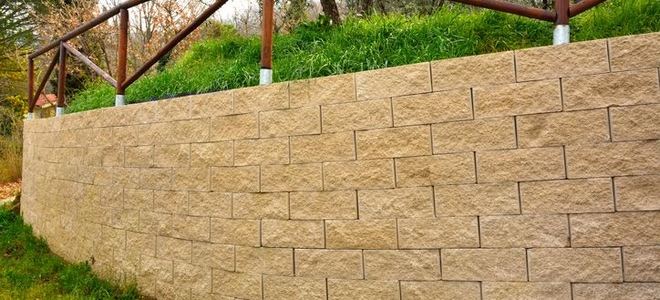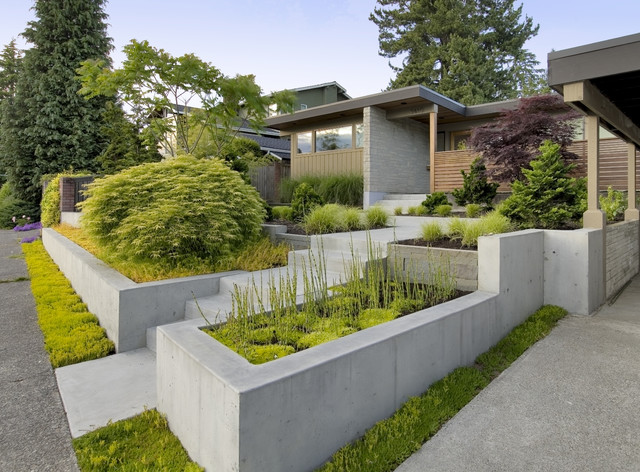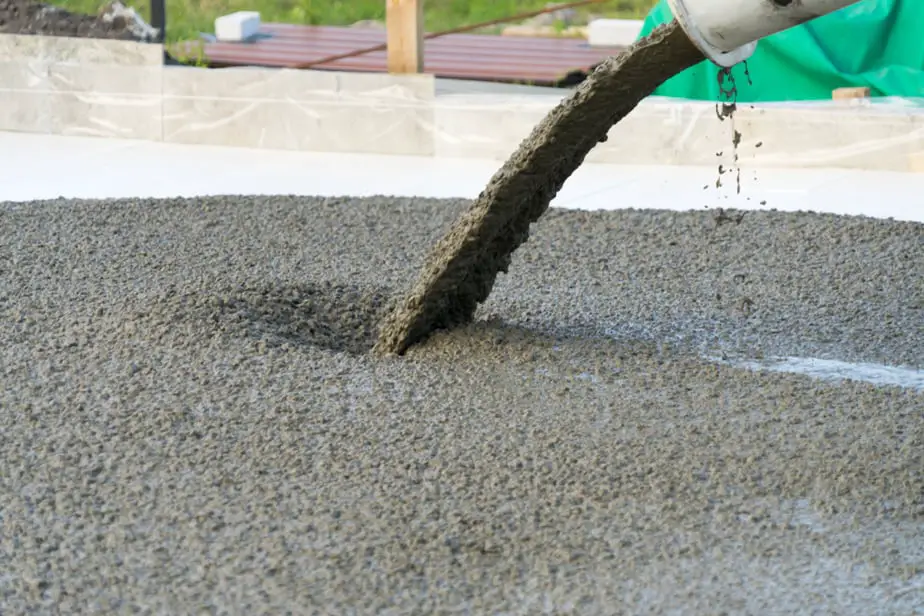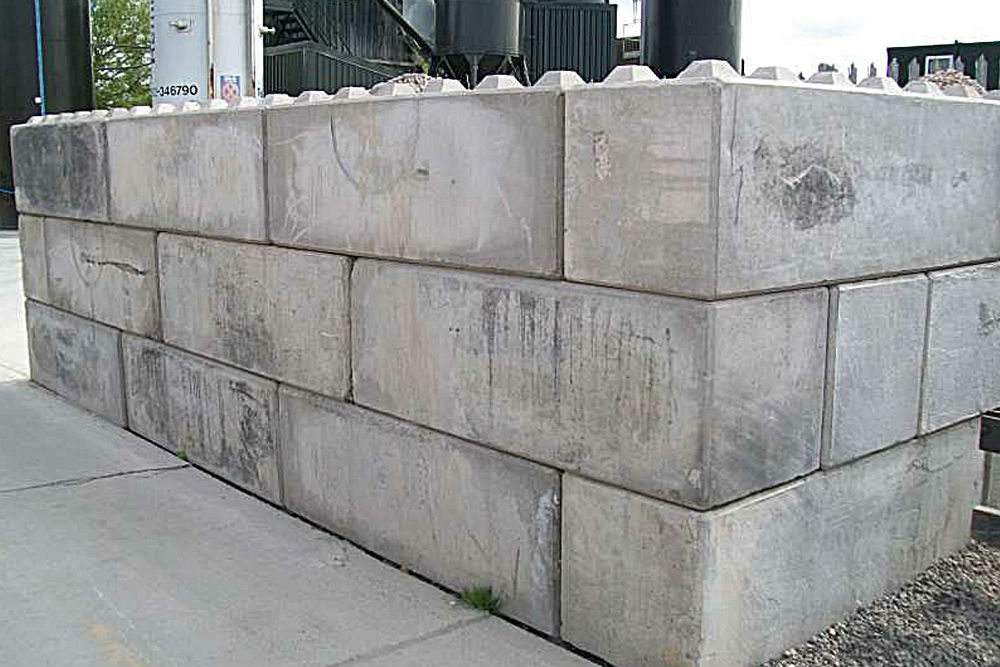This can add several inches to the wall s thickness dimensions and can vary depending on the severity of exposure soil type and reactivity etc.
How thick should a poured concrete retaining wall be.
Step 3 take the frostline into account.
Walls that have bends greater than 30 degrees at no more than 20ft intervals are stronger than straight walls.
The footing should be at least as thick vertically as the wall s planned width.
In general poured concrete basement walls that are 8 feet tall or less and have no more than 7 feet of soil pressing against them from the outside function well at a thickness of 8 inches.
For example if you are pouring a retaining wall that will be 12 inches thick and will use wooden planks that are 1 1 2 inches thick for your forms you ll need to space the stakes about 15 inches apart 12 inches for the retaining wall plus two pieces of 1 1 2 inch thick wooden board.
For walls up to 3ft 5 5 inches thick works fine.
In general the top of the stem of any cast concrete retaining wall should not be less than 12 inches for the proper placement of concrete.
These consists of a concrete or masonry wall of uniform thickness vertical wall reinforcing and transverse footing reinforcing are all designed for the lateral shear and cantilever bending movement plus the vertical weights of the wall footing and earth fills.
As laag points out the wall needs a sufficient footer.
Poured concrete walls can be tricky to install but look great with the architectural elements of a modern house.
As soon as you go higher or have greater depths of soil pushing against the wall you need to increase the thickness to 10 inches.
Poured concrete foundation walls that are less than 8 feet tall and have soil outside that is 6 or 7 feet deep against the wall can often be 8 inches thick and function quite well.
When a taller wall or a higher level of soil or both come into play the thickness should increase to 10 inches.
A poured concrete footing for concrete block or brick walls should be at least twice as wide as the planned wall.
Most landscape contractors in areas of heavy rainfall or weather extremes avoid fine poured concrete work due to its challenges.


